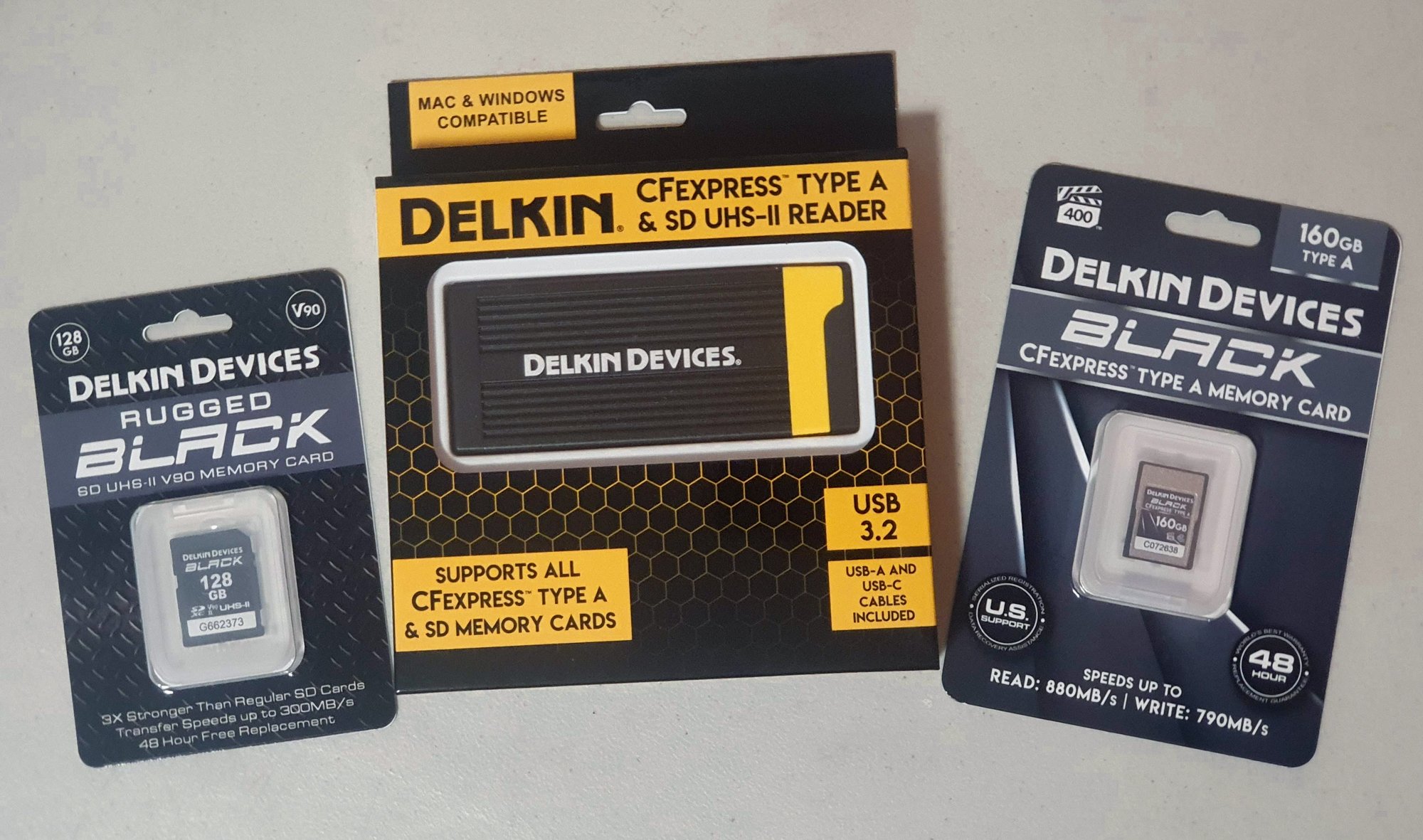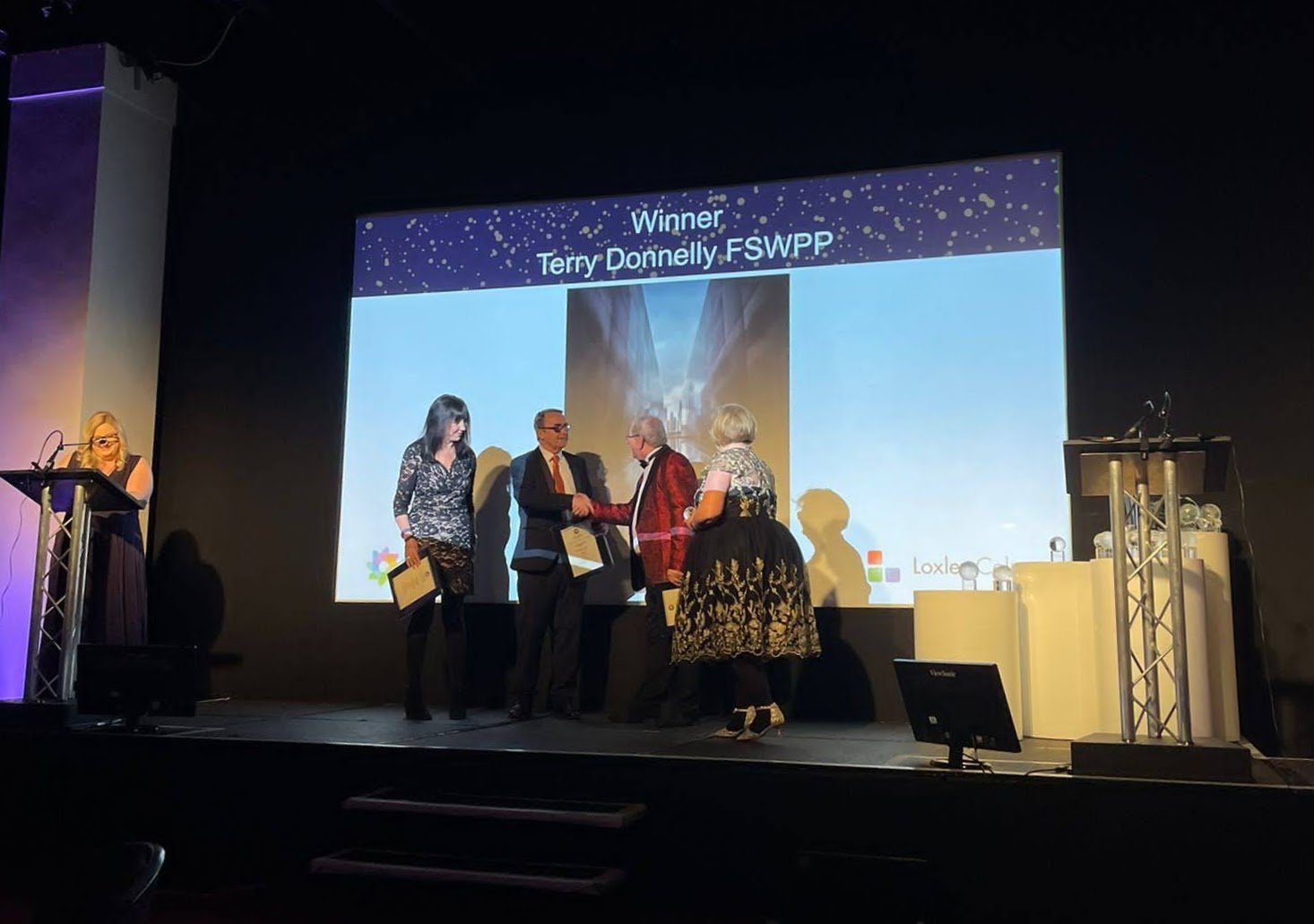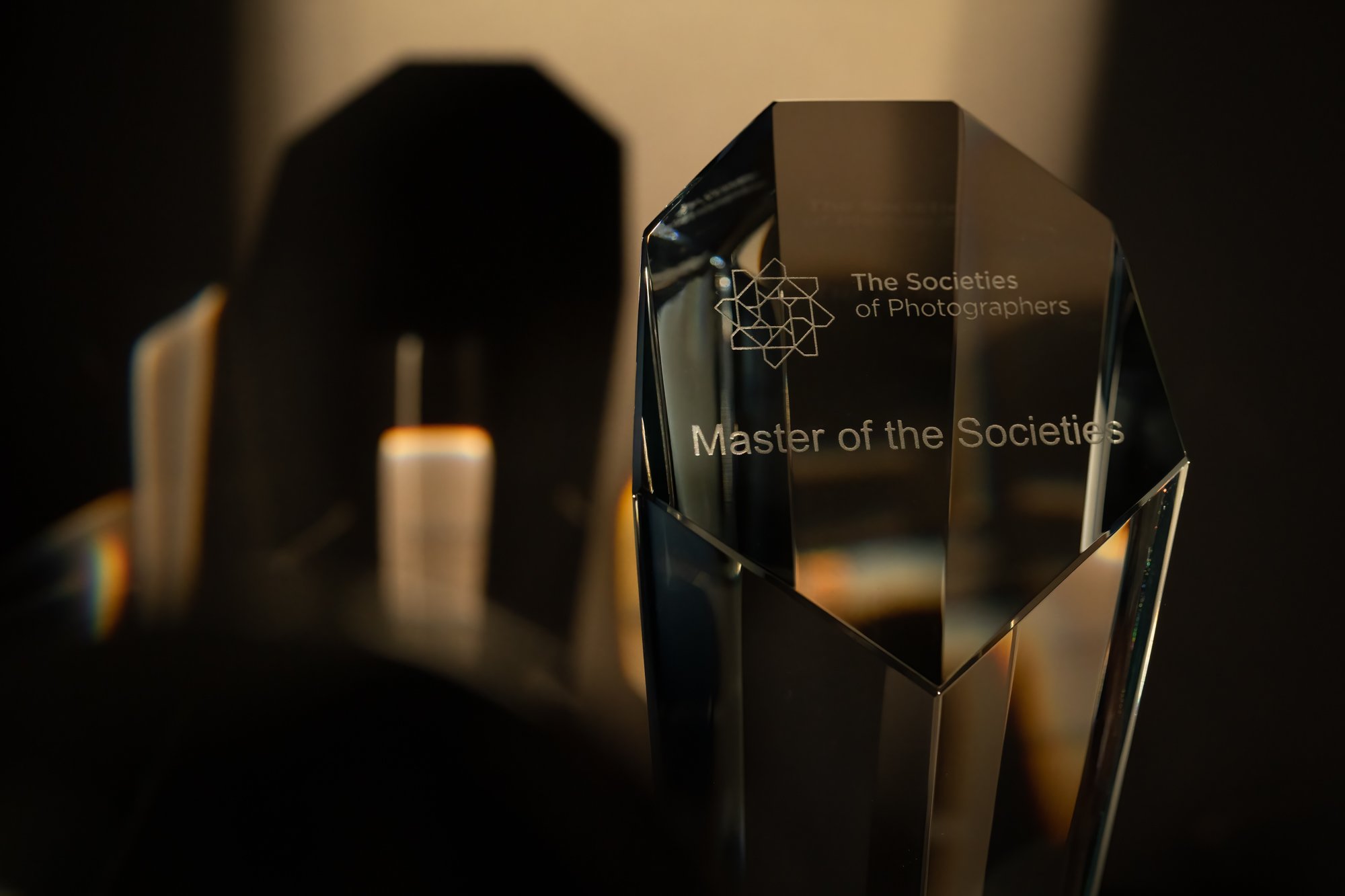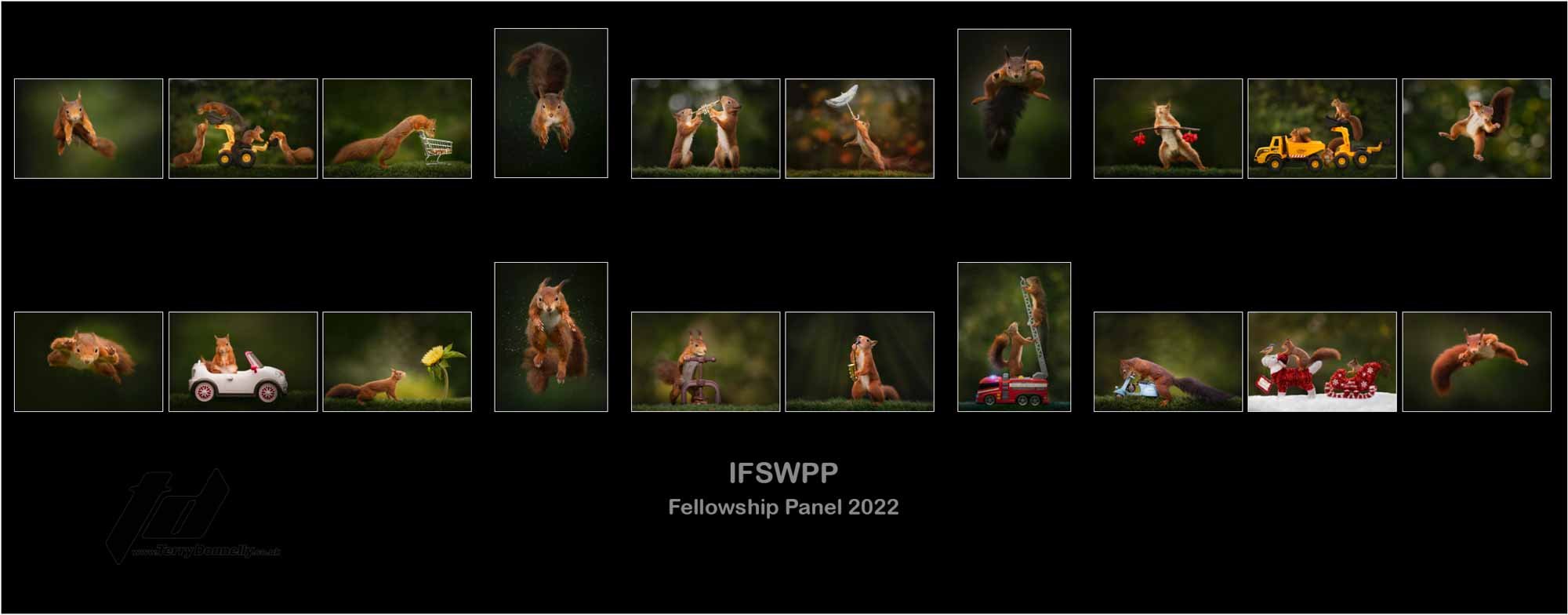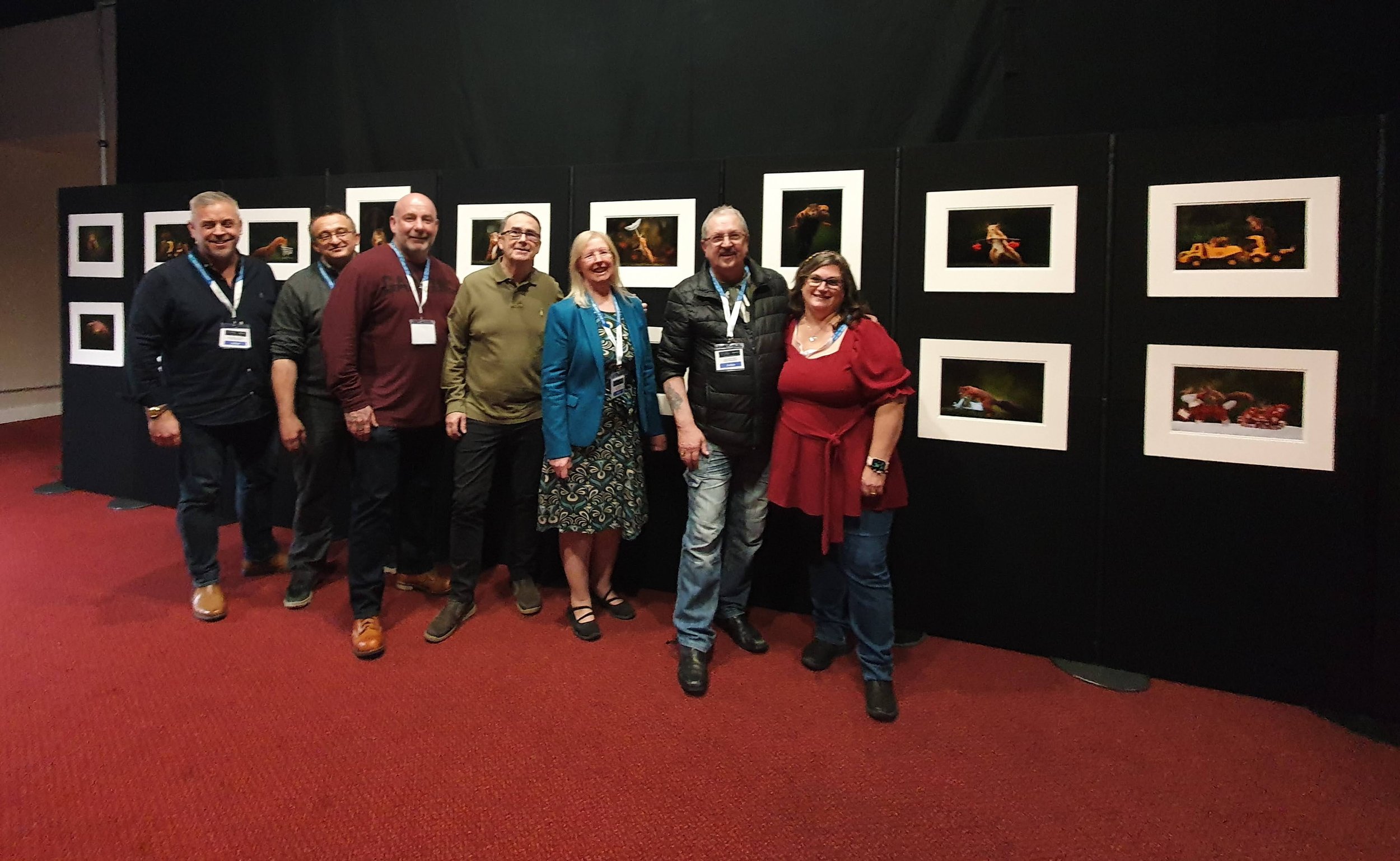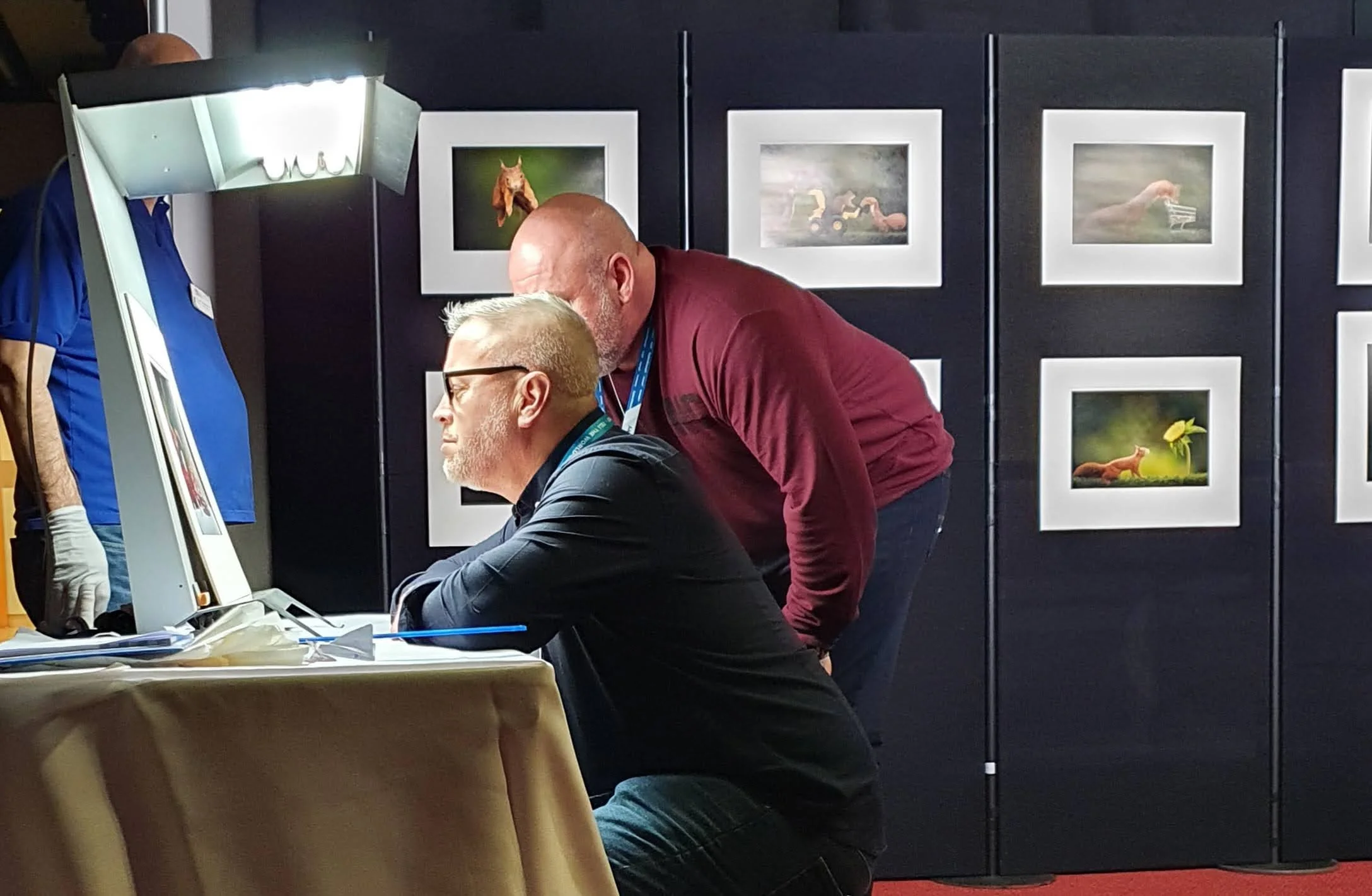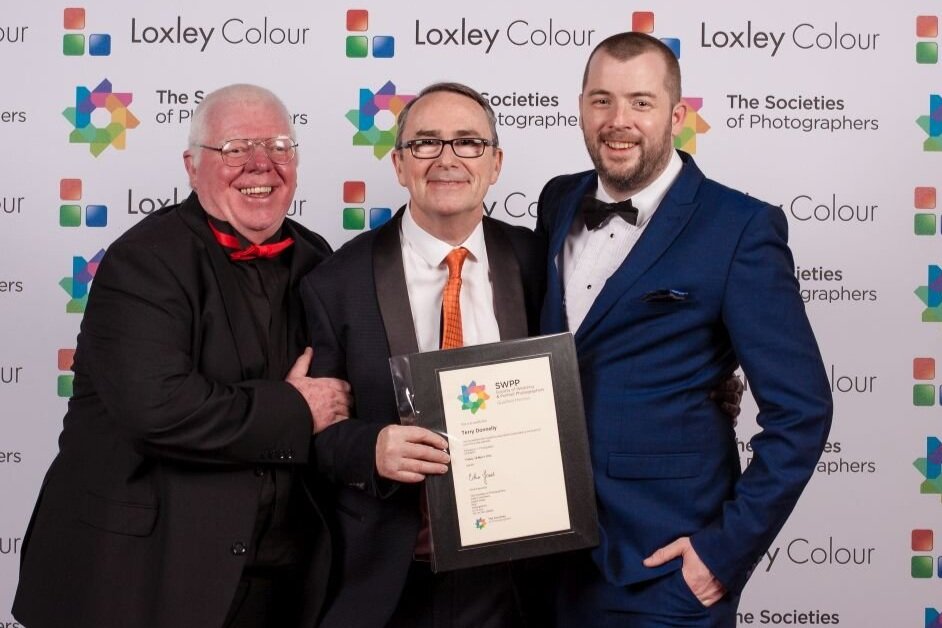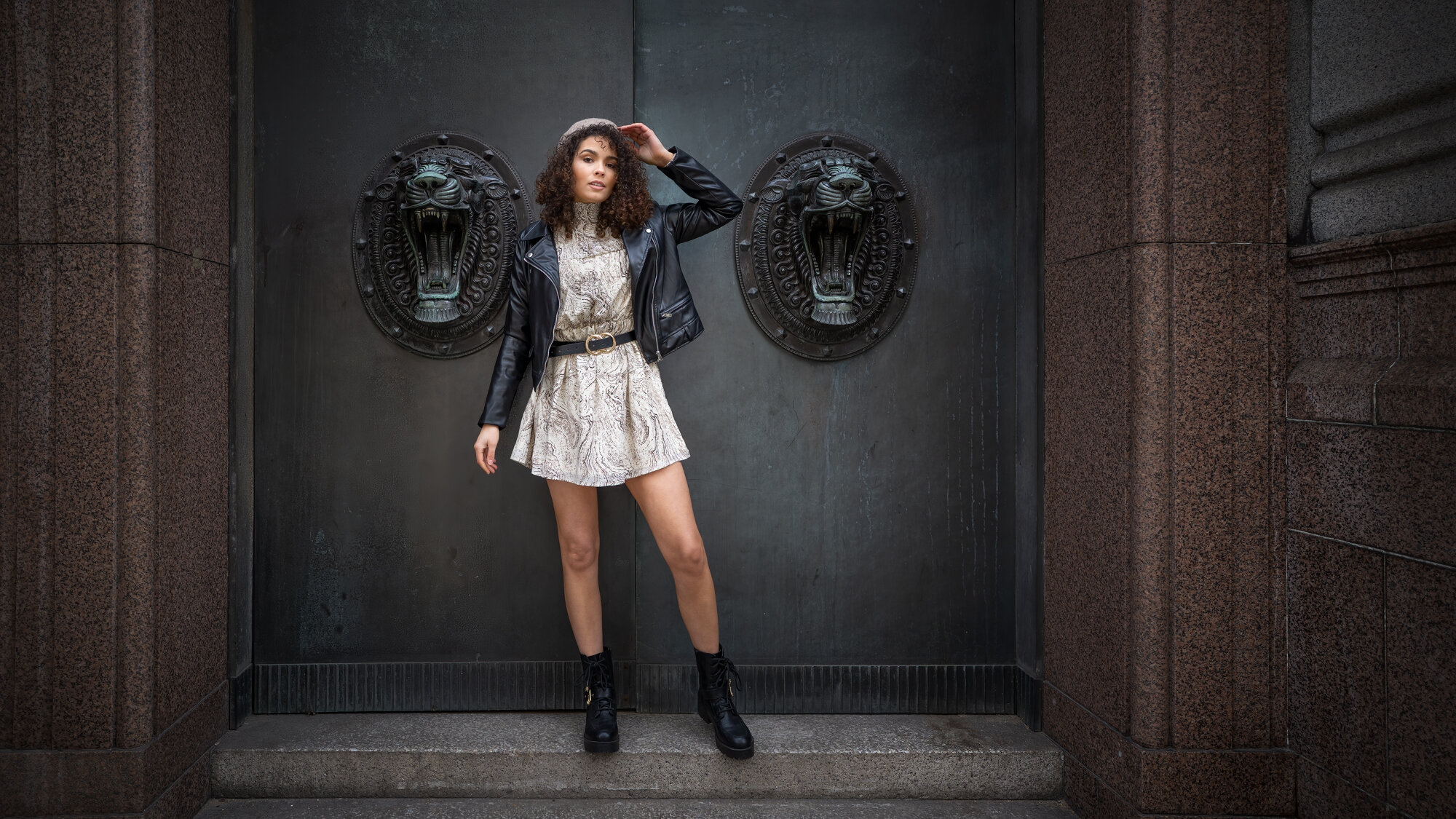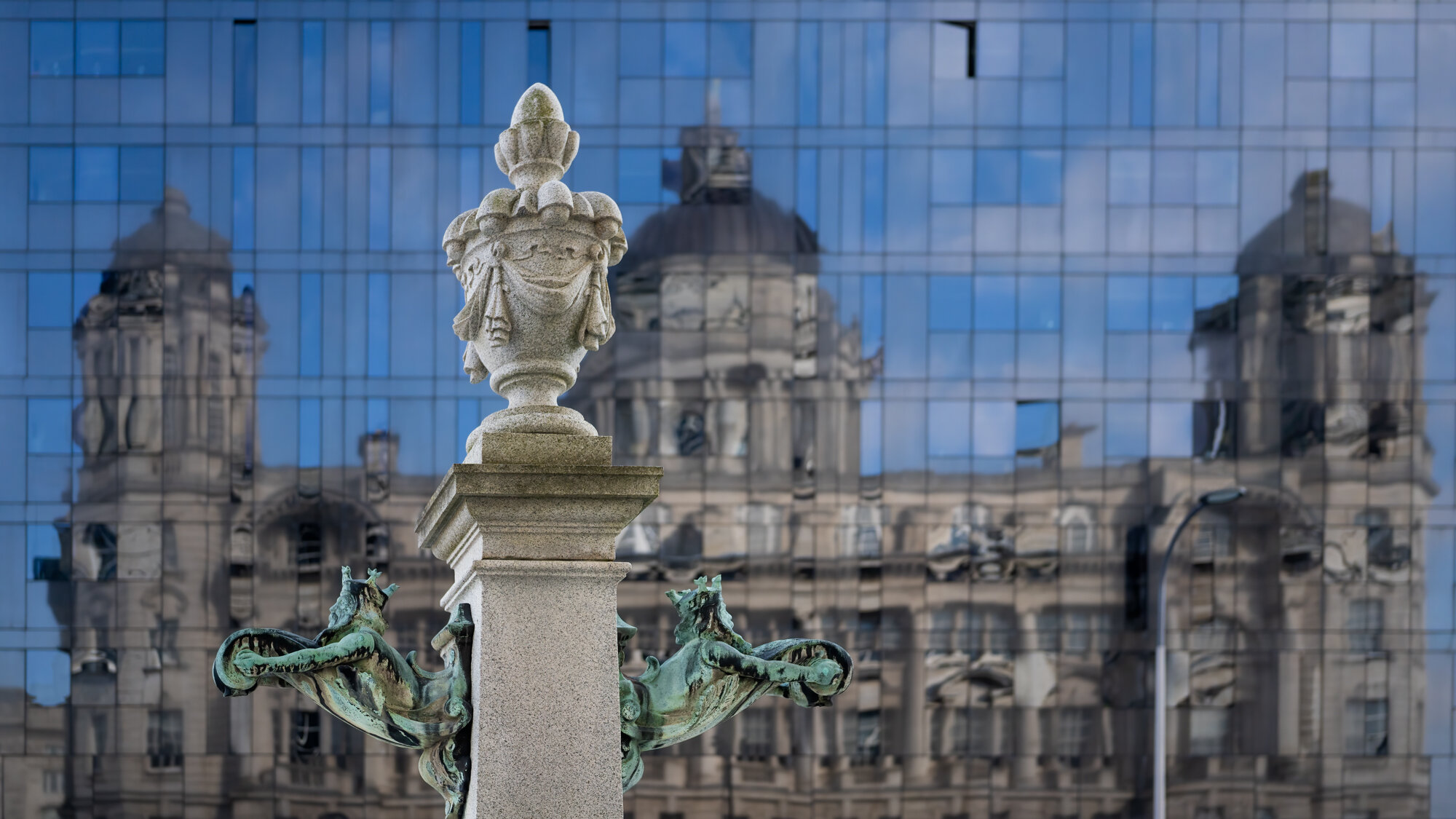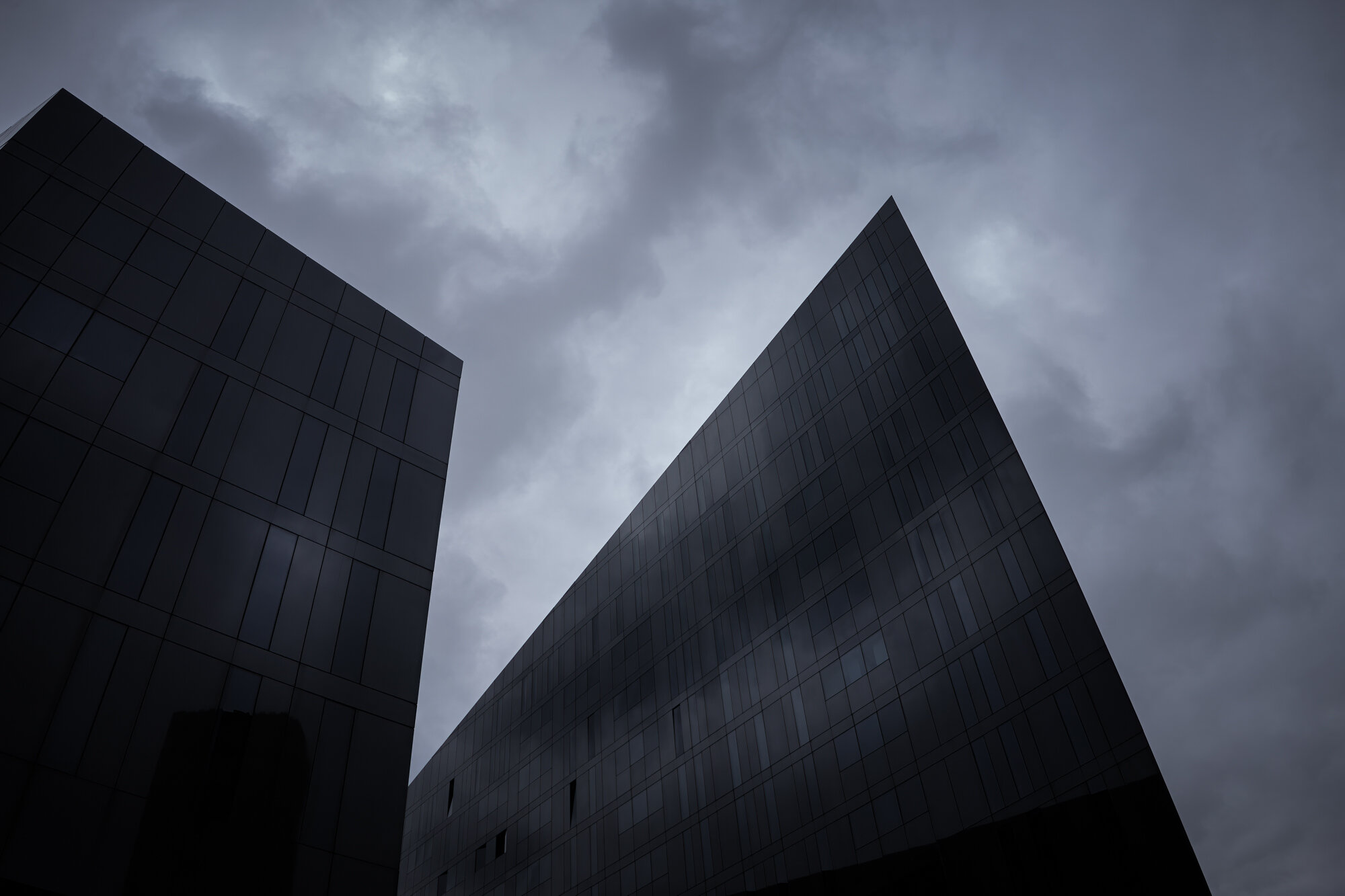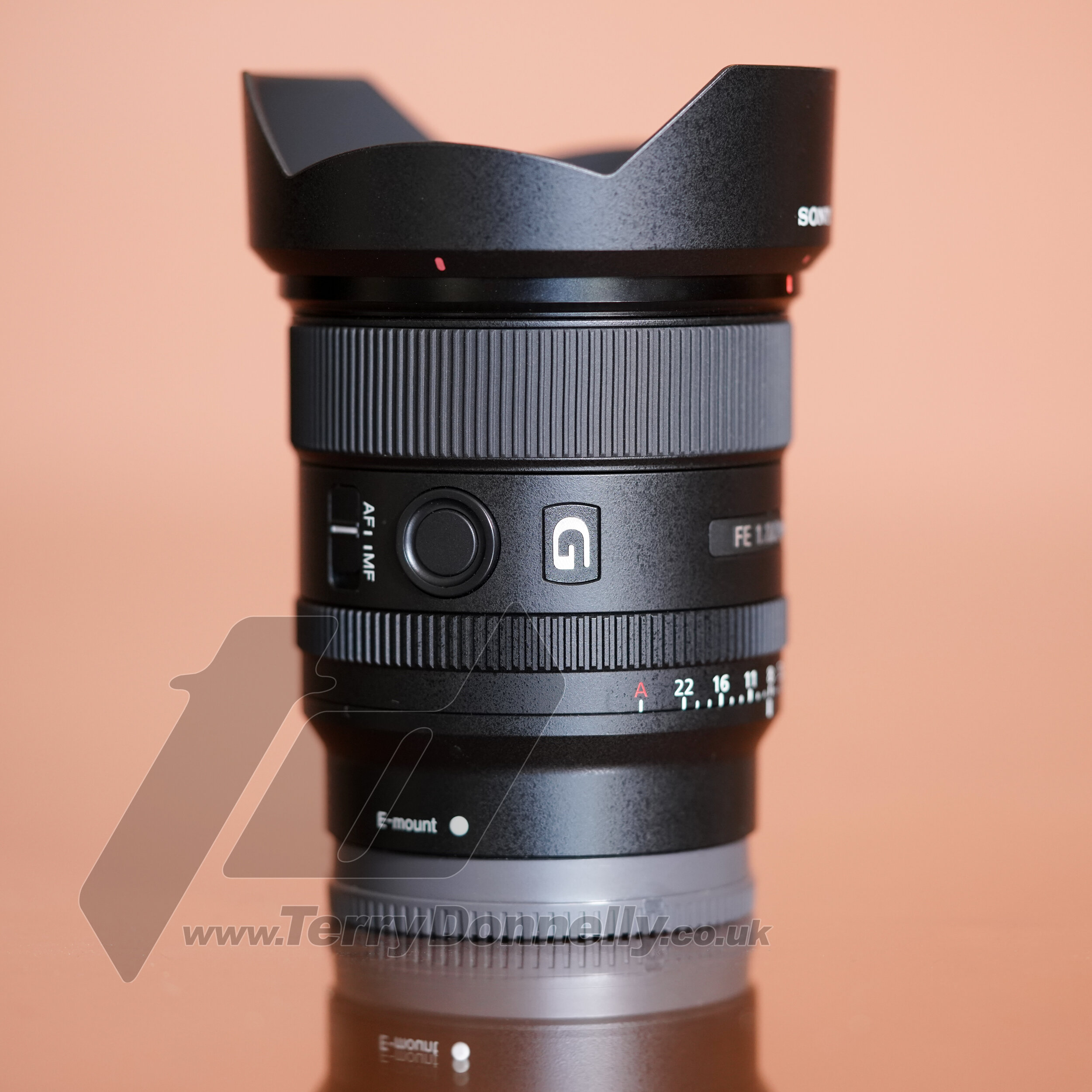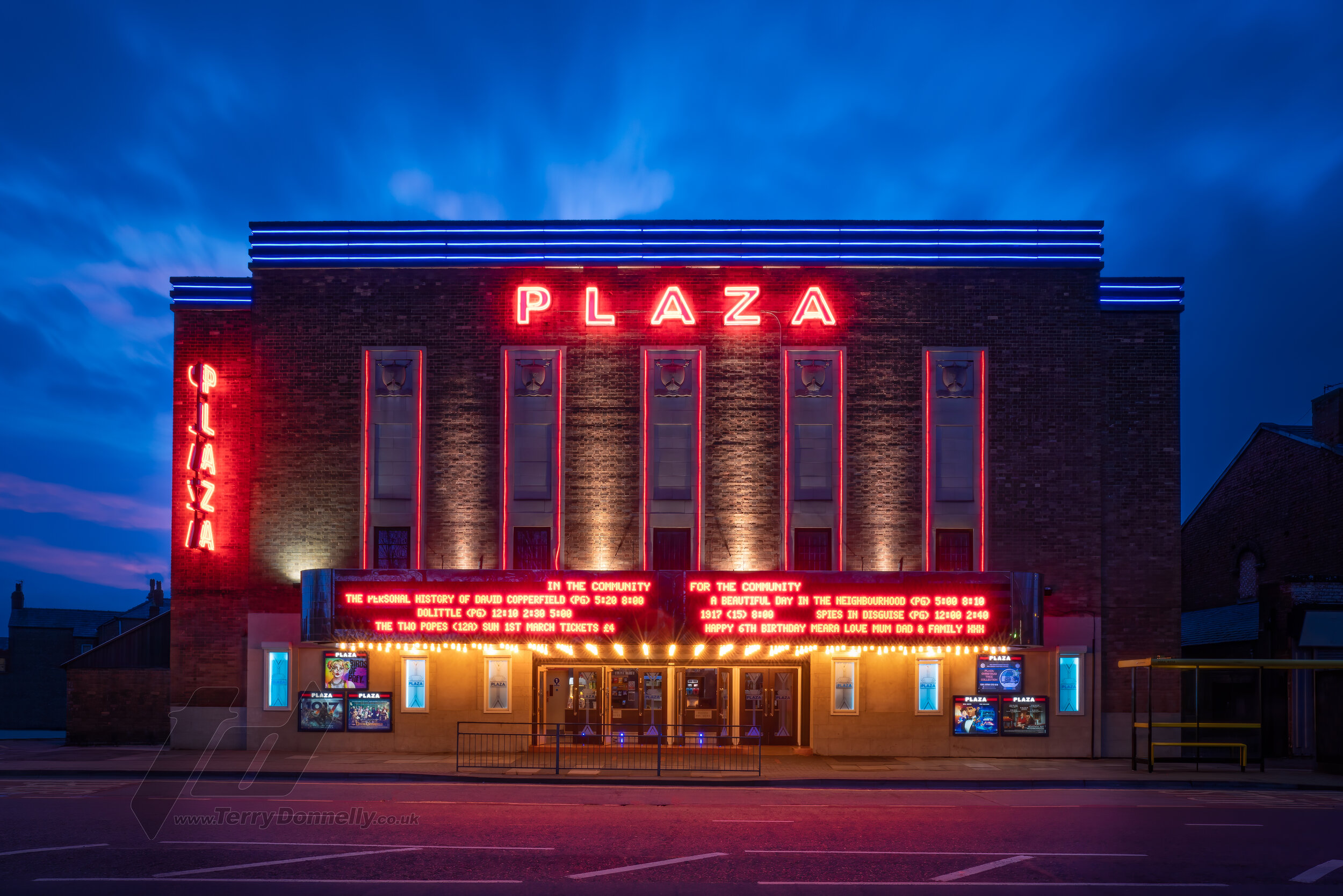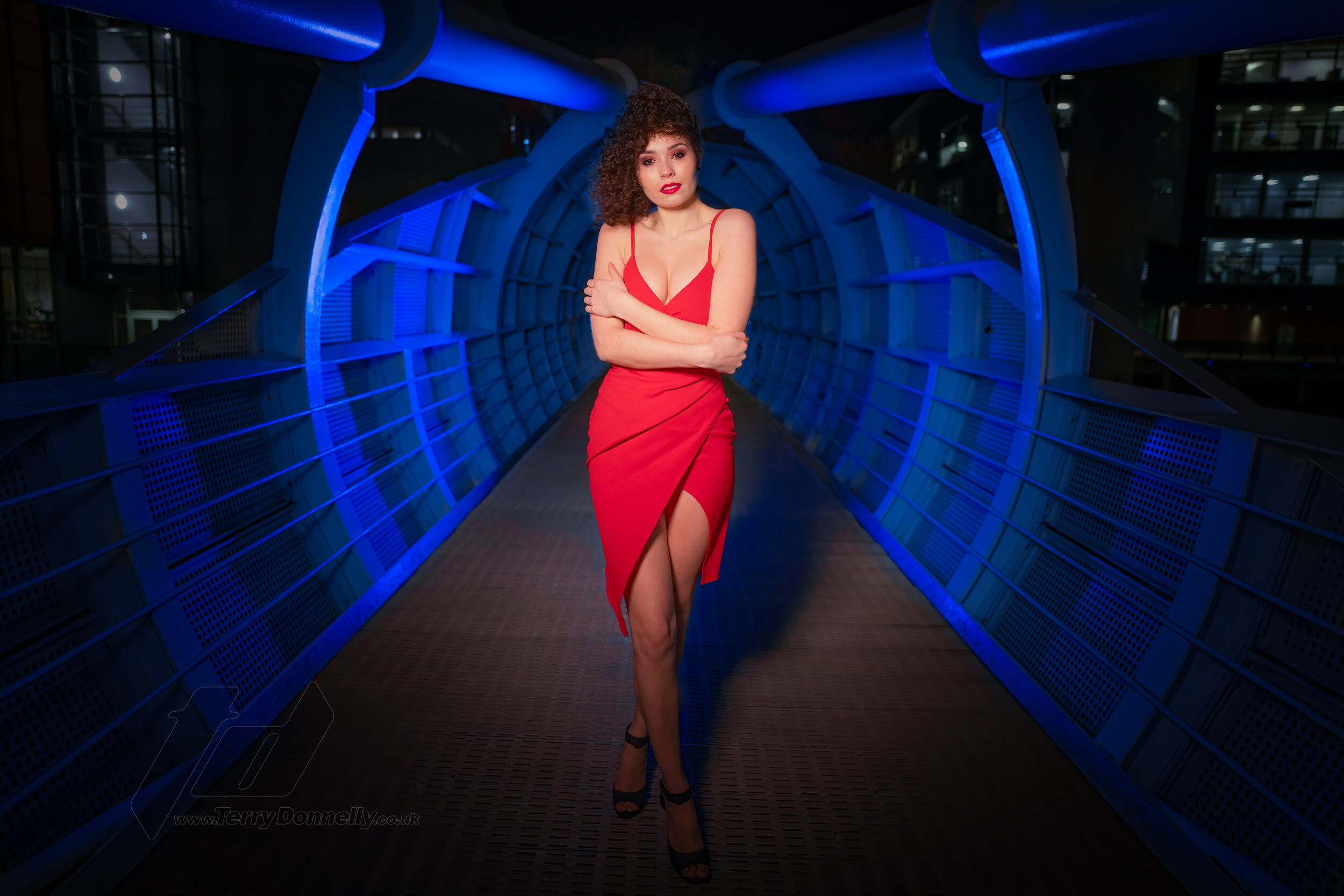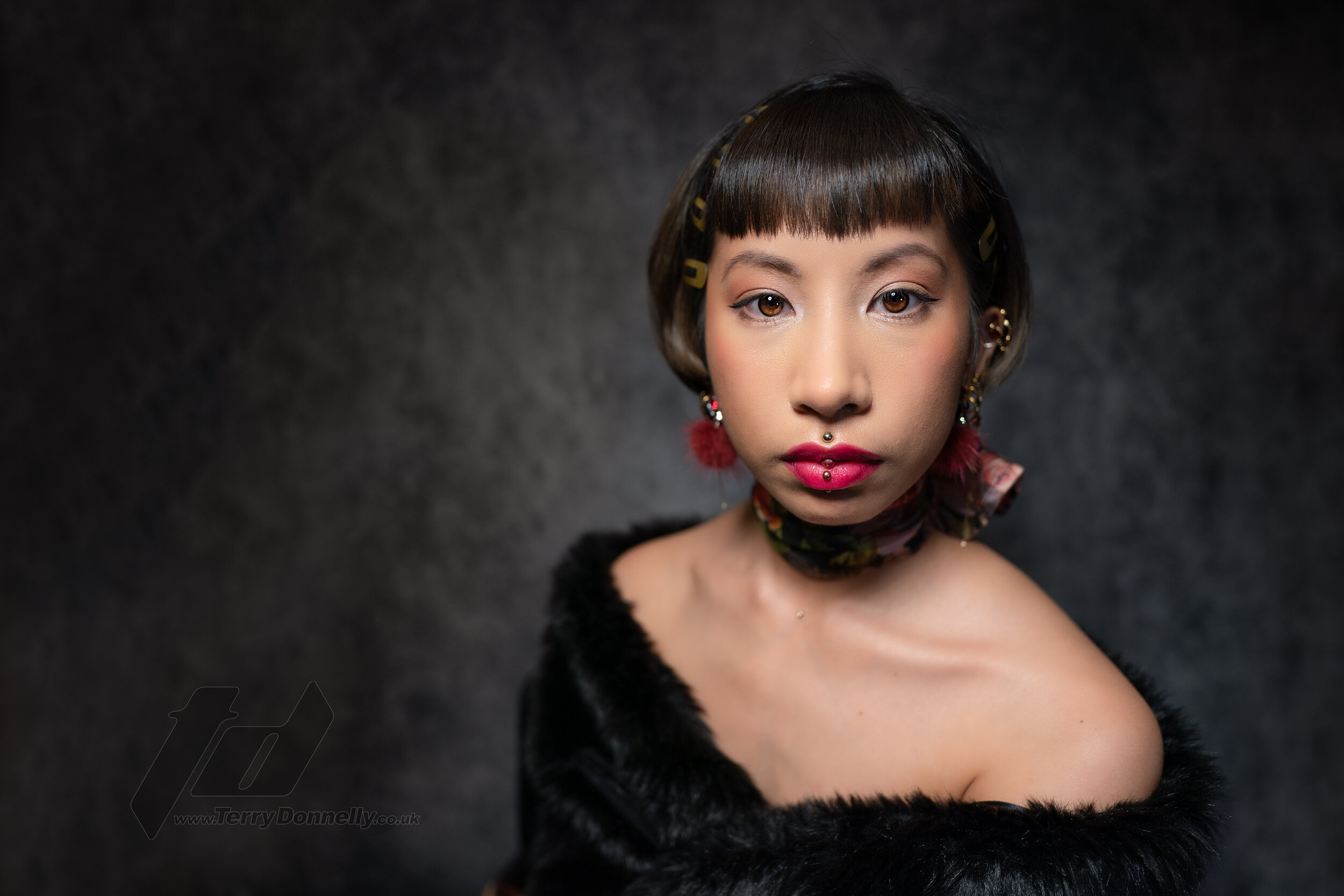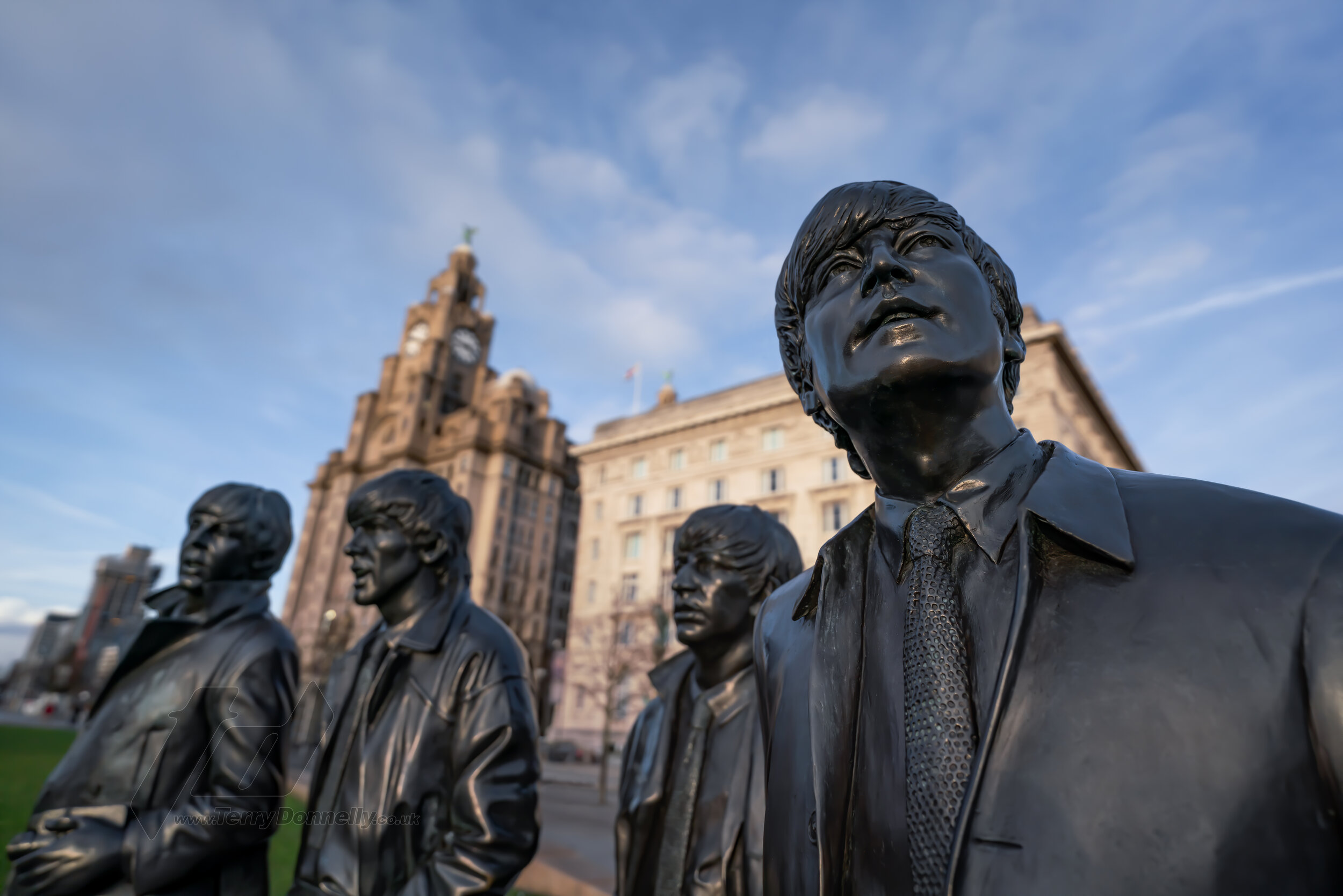Recently I have been using some Delkin Devices products and have to say, I’m extremely impressed.
The three Delkin Devices are:
1. CFexpress Type A and SD UHS-II Card Reader
2. Black CFexpress Type A Memory Card 160GB
3. Black UHS-II V90 Memory Card 128GB
I have used the memory cards and memory card reader over the last month and they have performed well and not missed a beat. Being compatible with my Sony cameras, Alpha 1 and Alpha 9’s.
Using them on location at sports events, speed and reliability is so important, and these cards didn’t disappoint. My Sony Alpha 1 was shifting 50 Mbyte files onto the Black CFexpress Type A card quickly and without problem. My Sony Alpha 1 and Sony Alpha 9 can use the Black UHS-II V90 Memory Card, and both cameras worked without issue and handled large amounts of data quickly and reliably.
Both the CFexpress Card and SD Card are solidly built and feel very sturdy in the hand and physically fit into the cameras card slots snuggly and freely.
Looking at the CFexpress Card specifications, the card Records 8K, 6K and 4K Video at high frame Rates and Bitrates, with maximum transfer speeds of up to 880MB/s and maximum write speeds of up to 790.
I shoot my Sony Alpha 1 at sporting events at 30fps, producing approx 50 Mbyte file sizes, thats approx 1,500 Mbytes per second, and the Delkin Devices Black CFexpress Card cleared the buffer quickly and without issue time and time again.
Now one thing I hadn’t realised was that the Black CFexpress Card and also the Black SD Card along with other Black products have a 48 hour replacement guarantee. so if a card does have any issues Delkin Devices will replace the card within 48 hours! This alone makes these cards a very worthwhile proposition.
The CFexpress Card is tested to be able to withstand up to 80lbs. of force.
Looking at the Black SD V90 card. As well as the 48 hour replacement scheme mentioned above, Delkin have tested the Black SD cards to able to withstand 45lbs. of force.
One thing I really like about the Black SD card design, is the exclusion of the Write Protection tab. The times I have slid the Write Protection Tab by mistake when loading into a camera and locked the card, only to have to remove it again to slide the tab back and re-insert into the camera. It sounds like a small thing, but when working on location and changing cards quickly, the Write Protection Tab can be a real annoyance and I don’t recall ever using the lock feature for the intention it was designed for. Delkin have also designed the card without ribs in between the contacts, which I know only to well from experience when using other SD branded cards, can snap off and end up inside the card slot of the camera.
Delkin Devices SD memory cards are rated for temperature ranges of -25°C to 86°C.
The Black SD UHS-II V90 card has a maximum read speed of 300 MB/s and 250 MB/s write, and I have it to be faultless in use by me with my Sony Alpha 9.
But what use is having blazing fast memory cards, that are reliable, strong and damage resistant, if you cant offload the data quickly? The answer is the Delkin Devices USB 3.2 Memory Card Reader. these readers come in various types to suit the type of CFexpress card you are using. In my case the CFexpress Type A & SD UHS-II Memory Card Reader (DDREADER-58). Which is colour coded with a yellow end to make identification easier also has a rubber end cover that folds over the CFexpress slot even with the card inserted.
The card reader supports CFexpress Type A and SD UHS-II and is a solid design with a USB-C interface. A nice touch from Delkin Devices is to include both USB-C to A & USB-C to C cables.
The card reader is fast at off loading data from the cards and just like the memory cards, hasn’t missed a beat, clearing cards down blazingly fast.
For users of PhotoMechanic software (which 99% of professional sports photographers are), or other capable software, the Delkin Devices Memory Card Reader has the ability to clear down two memory cards at the same time. Which means it can read data from the CFexpress Card and SD UHS-II Card simultaneously. This alone is a feature that makes getting your hands on this Memory Card Reader worthwhile as it can speed up your workflow.

